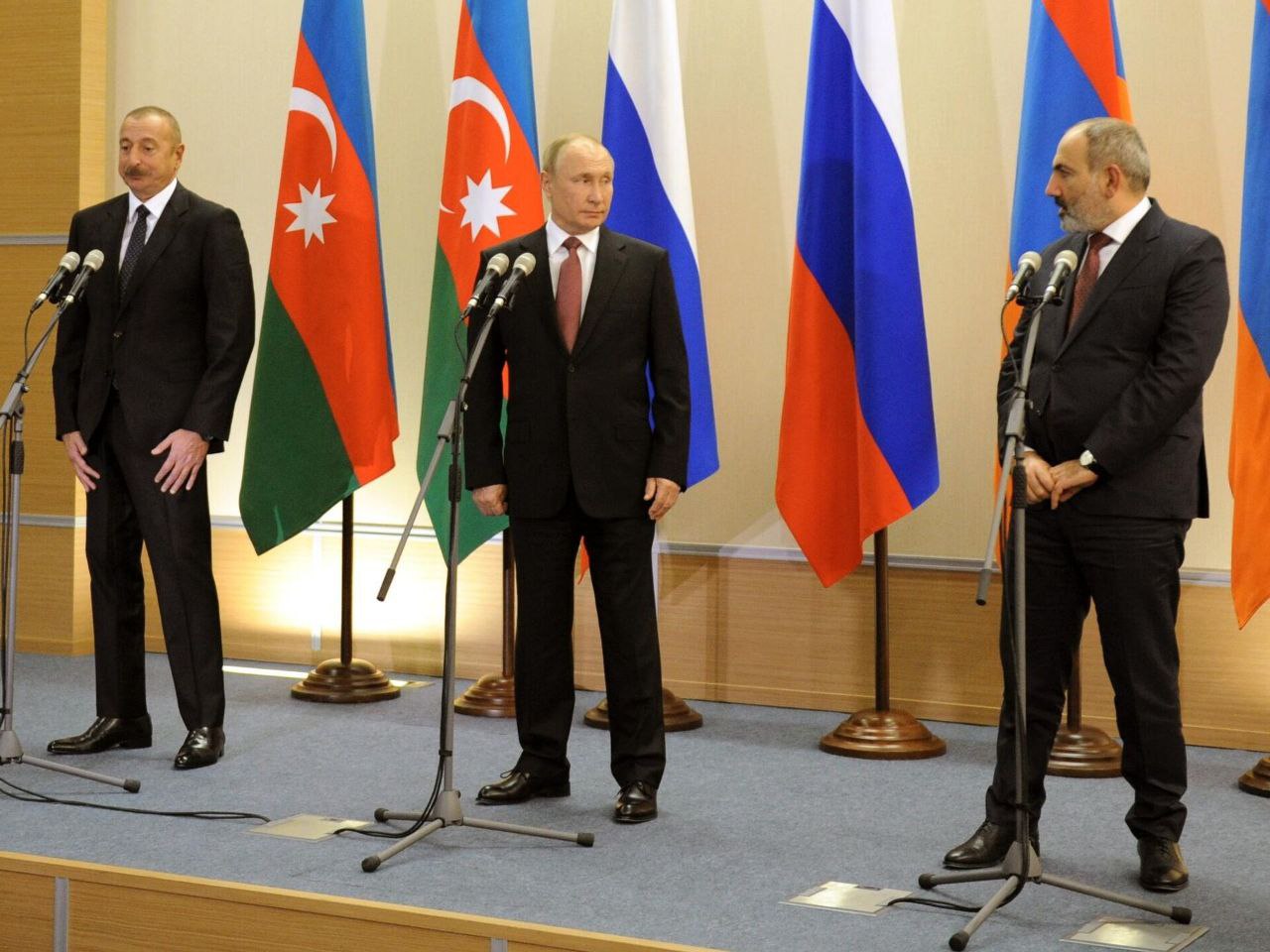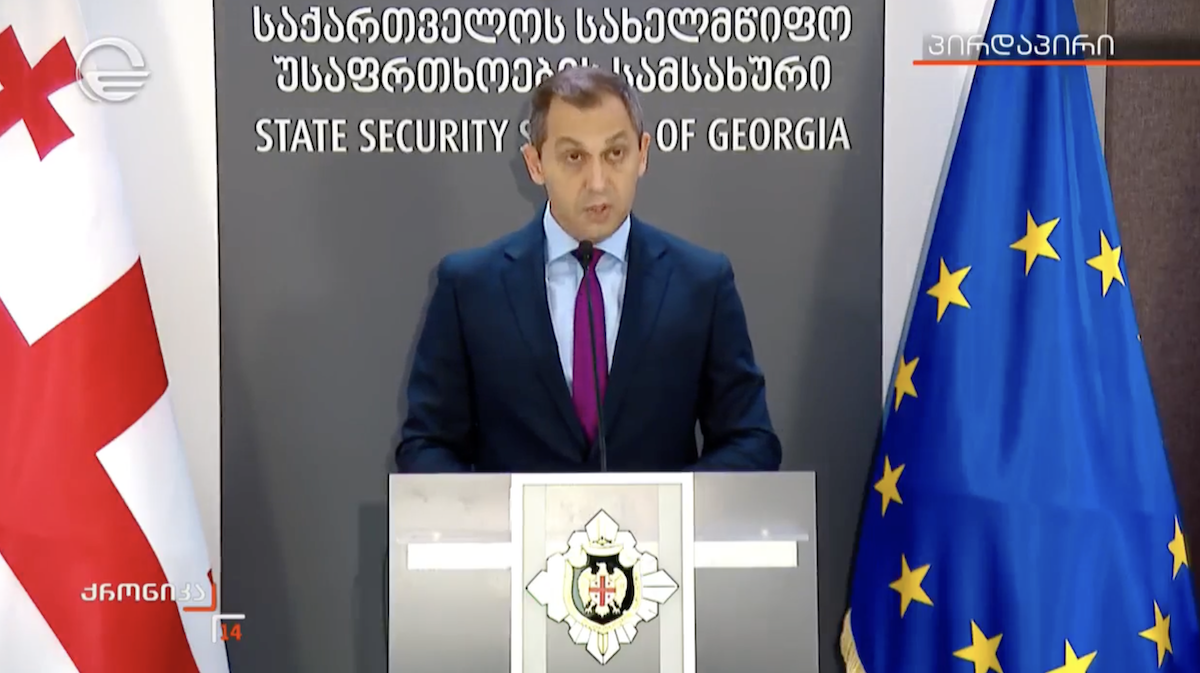Why did Azerbaijani Central Election Commission exclude 2 million people from voter lists?
Azerbaijani CEC does not account for 2 million of people of voting age
Recently, the Minister of Labor and Social Protection of the Population of Azerbaijan said that 2.4 million children under the age of 18 live in the country. Considering that the total population of the country is 10.1 million, then the number of voters should be 7.4 million. But there are only 5.4 million voters in Azerbaijan. Where are the other 2 million? JAMnews tried to find out.
- Being HIV positive in Armenia: living against stigma
- “It is cheaper to fly to Istanbul from Yerevan”: Azerbaijani MPs complain about expensive tickets
Last week, in one of his interviews, the Minister of Labor and Social Protection of the Population of Azerbaijan, Sahil Babayev, said that 2.7 million children under the age of 18 live in the country.
According to the State Statistics Committee, as of September 2021, the total population in Azerbaijan is 10,142,392 people.
By simple calculation, we find that 7.4 million people over 18 years old should live in the country, in other words, 7.4 million of potential voters. But on the eve of the parliamentary elections in February 2020, the chairman of Azerbaijan’s Central Election Commission, Mazahir Panahov, said that there are only 5.3 million voters in the country.
Where did more than two million people go? In order to clarify such a huge discrepancy in the numbers, JAMnews turned to experts.
“The margin of error in electoral lists reaches 12%”
Economic expert Togrul Veliyev is sure that there is no economic justification for such a clear discrepancy between the population and voters in the country:
“The problem you mentioned has existed for a long time. The reason is difficult to name.
There are many cases when people change their place of residence, leave the lists at one housing and exploitation department (Housing Department), but are in no hurry to be added to the lists at their new place of residence. Central Election Commission works with the lists at the local level. Sometimes these lists even include people who have already passed away.
Perhaps these people are no longer in the country and the voter lists are representative of the reality.
It should be borne in mind that many people in Azerbaijan do not live at their address of registration. In the meantime, I wonder how the population is counted in the state Statistics Committee. For example, according to official statistics, in Baku the population is growing very slowly, although in fact there are many times more people living in the capital.
Unfortunately, our population census is ineffective. Subsequently, the State Statistics Committee uses the results of this population census for other calculations. In other words, the very basis for important calculations has large errors.
As for the CEC lists, according to some studies, the margin of error in them reaches 12%.
There is another version explaining such a huge discrepancy in the figures of official statistics and the Central Election Commission. This is due to the work of the CEC itself. Thus, according to the law, the number of voters in electoral districts should be approximately equal. The population should be evenly distributed among them. Perhaps due to the reluctance to amend the lists of constituencies, the number of voters remains generally unchanged”.
“This is a managerial and administrative problem”
Expert Huseyn Babayev agrees with the latest version voiced by Togrul Veliyev.
Babayev said that according to the electoral code existing in Azerbaijan, every 5 years the Central Election Commission creates 125 constituencies for holding various elections and referendums.
As a rule, constituencies are created on the basis of average voter representation. The representation of voters in the country’s parliament is calculated by dividing the total number by the number of deputies. Milli Mejlis of Azerbaijan consists of 125 deputies.
At present, the average rate of voter representation in Azerbaijan is just over 40,000 people. Simply put, each member of parliament represents the interests of 40,000 voters.
“The issue of increasing the norm of representation in constituencies and the Milli Majlis has been raised many times. But the officials, as well as the CEC, are not interested in this”, Babayev said.
He noted that if there are 7.4 million voters in the country, now each deputy in parliament represents the interests of about 60,000 voters: “But if you believe the data of the Central Election Commission, this figure is only 42,000. That is, either the representation rate should be increased to 60,000 , or based on the current rate, there should be 185 deputies in parliament, not 125.
This is a purely managerial and administrative problem. I hope someday this issue will be resolved radically so that such absurd situations do not arise again”.


















